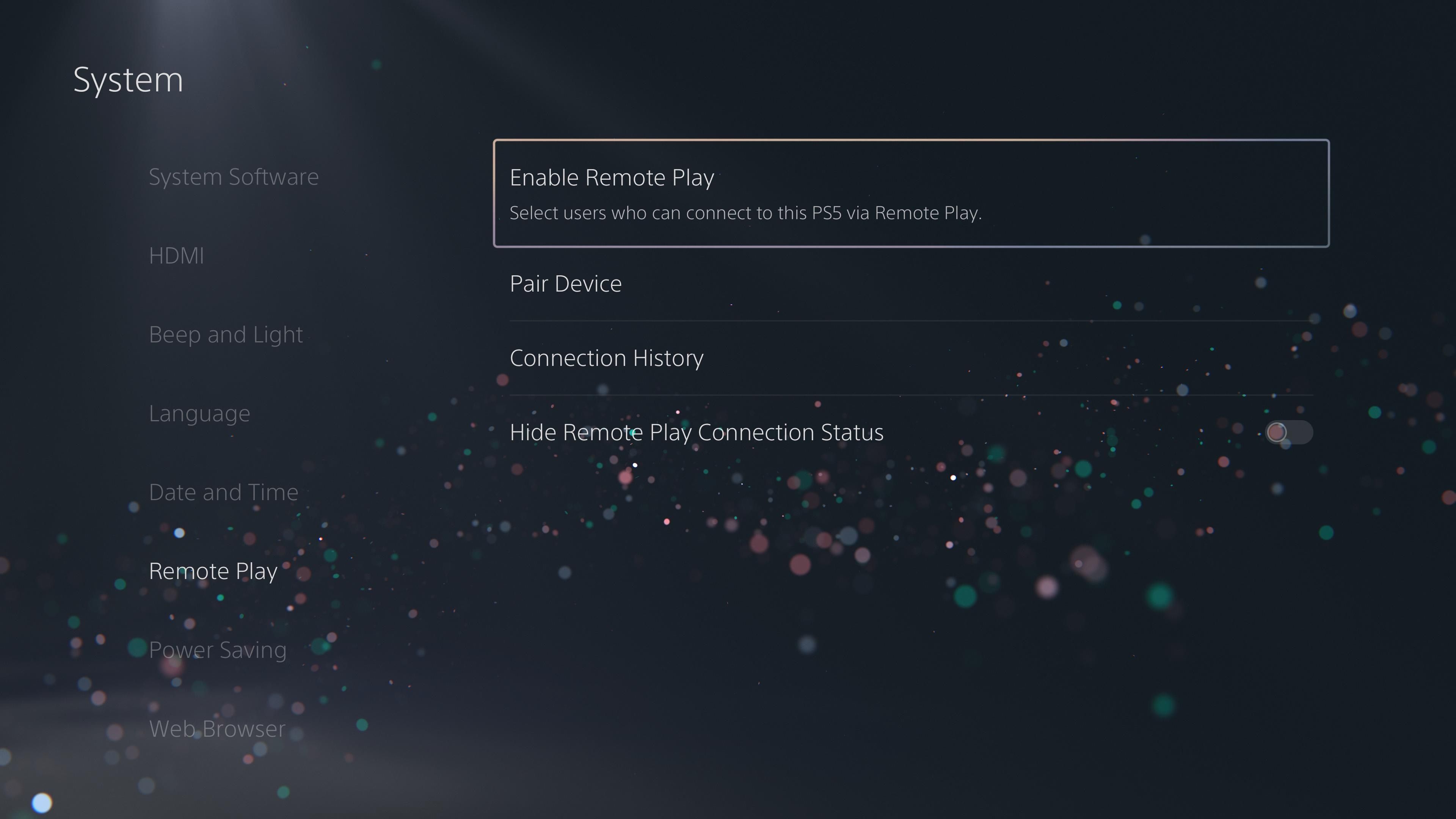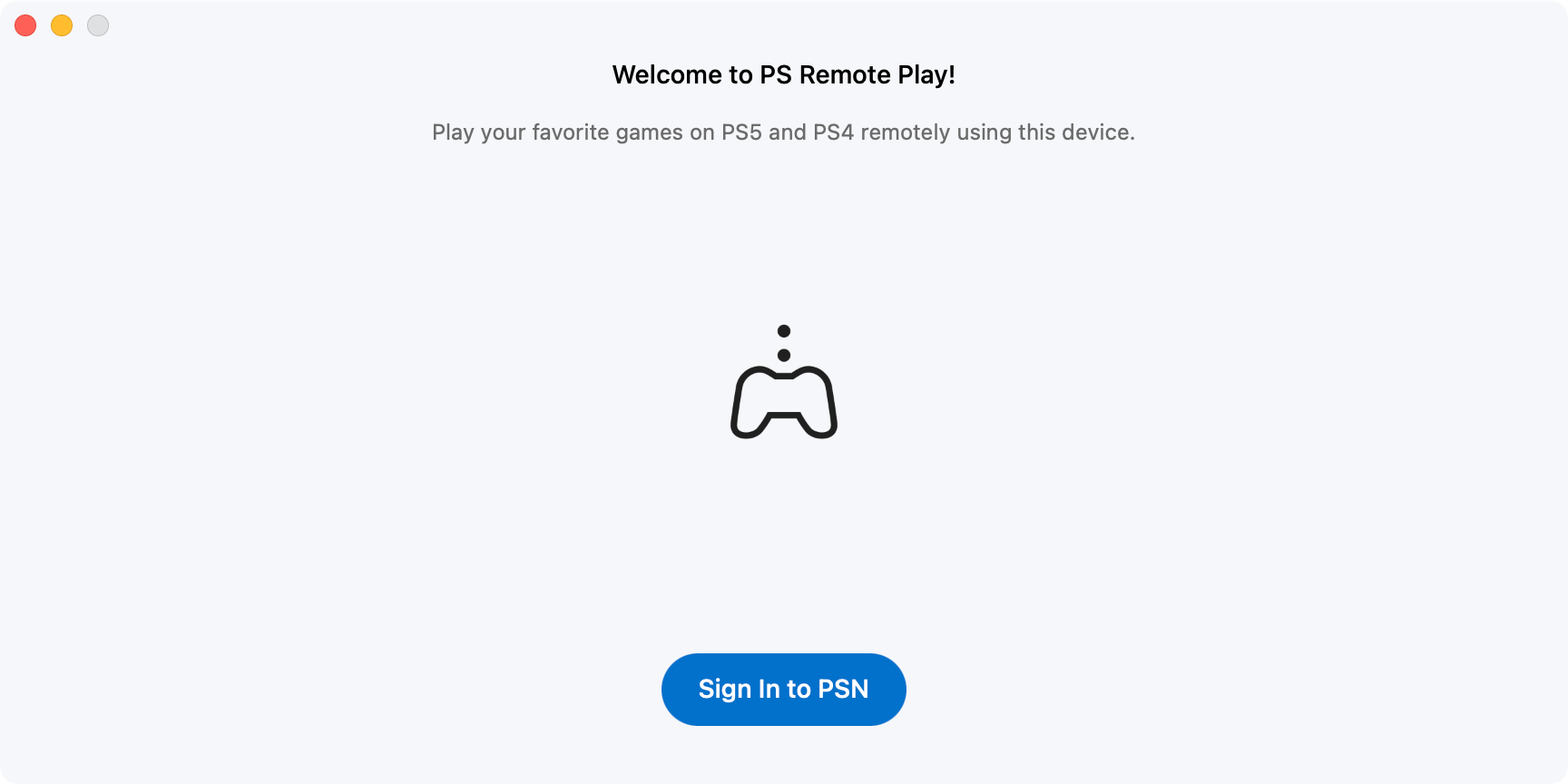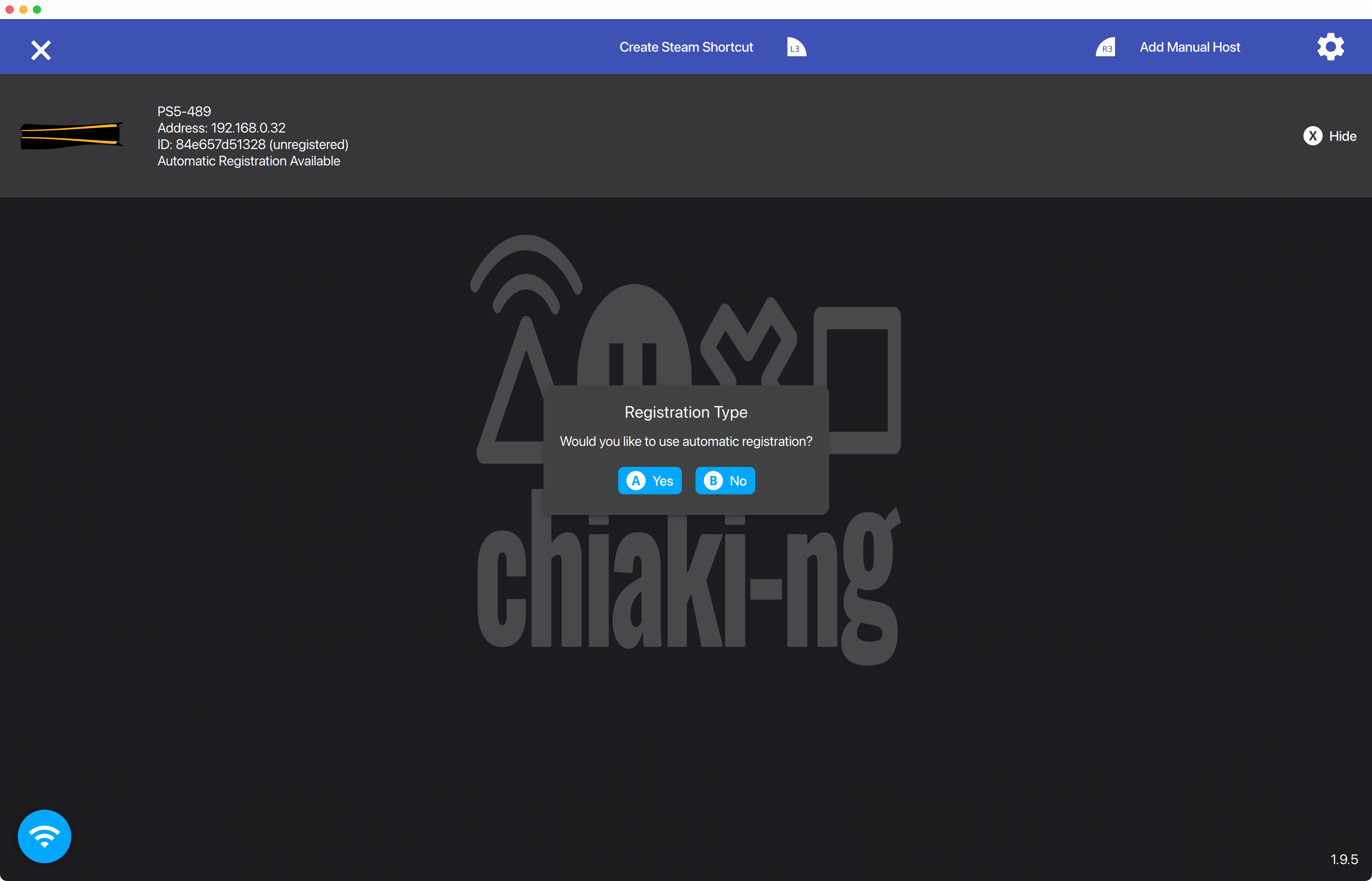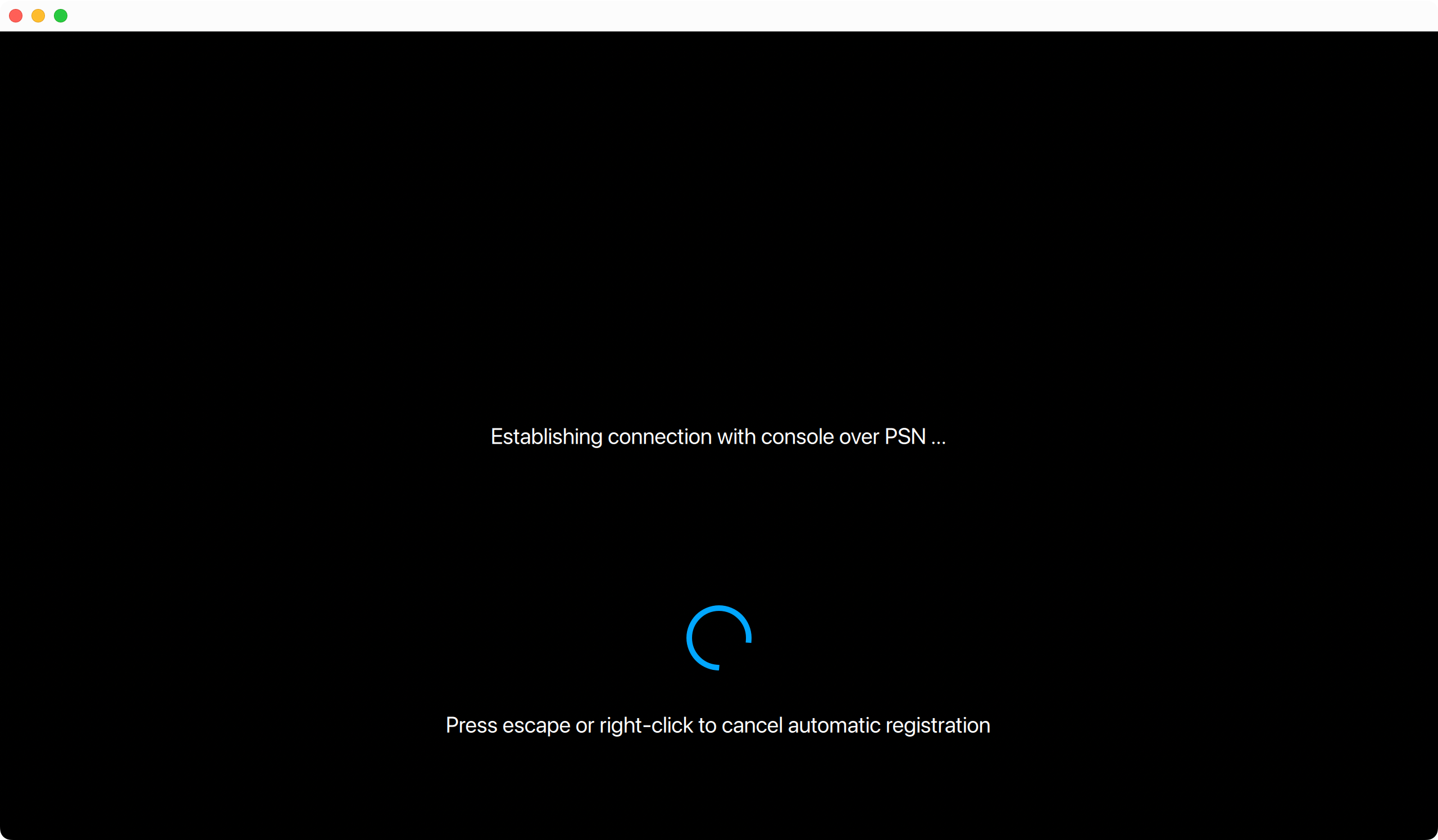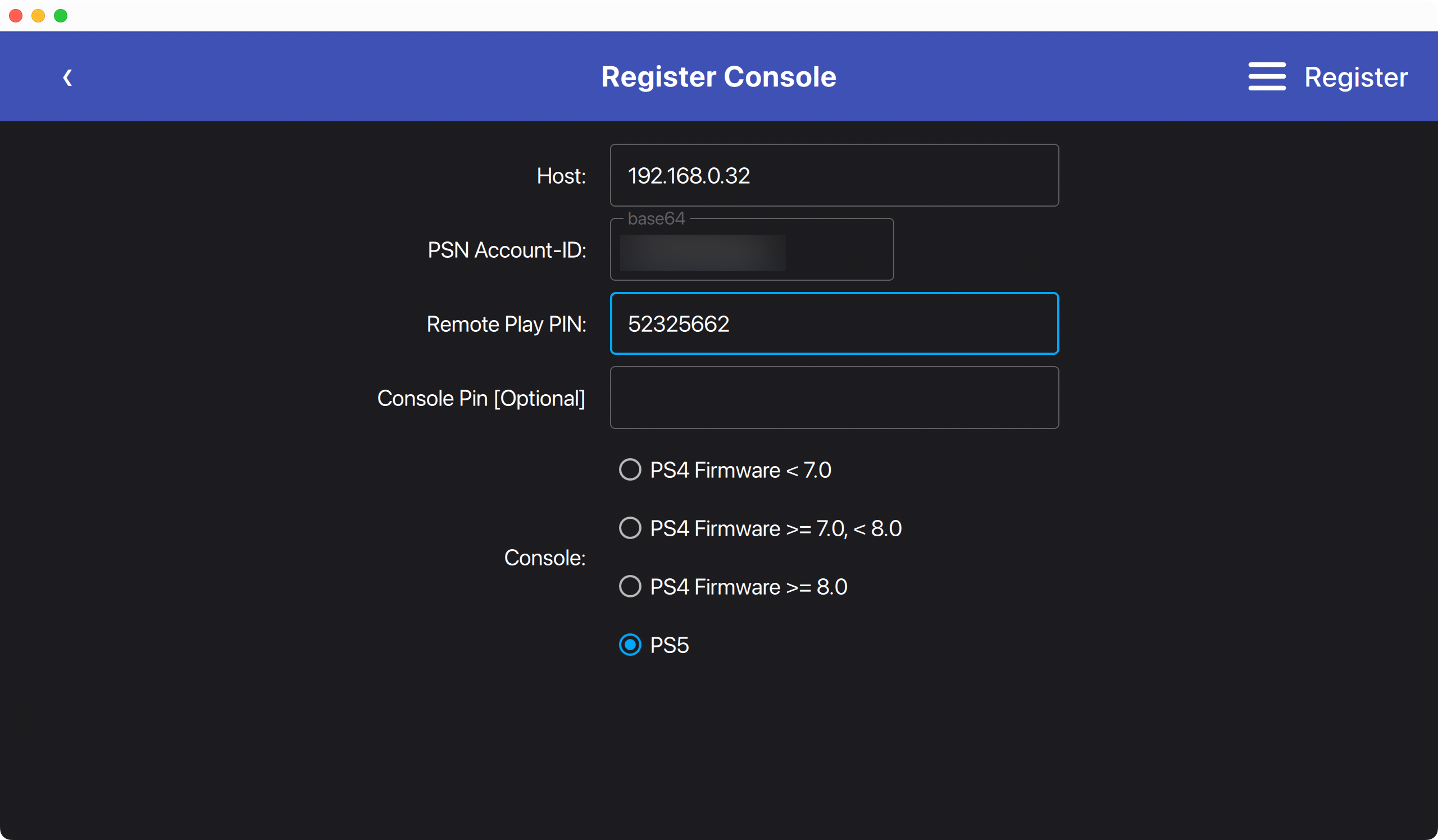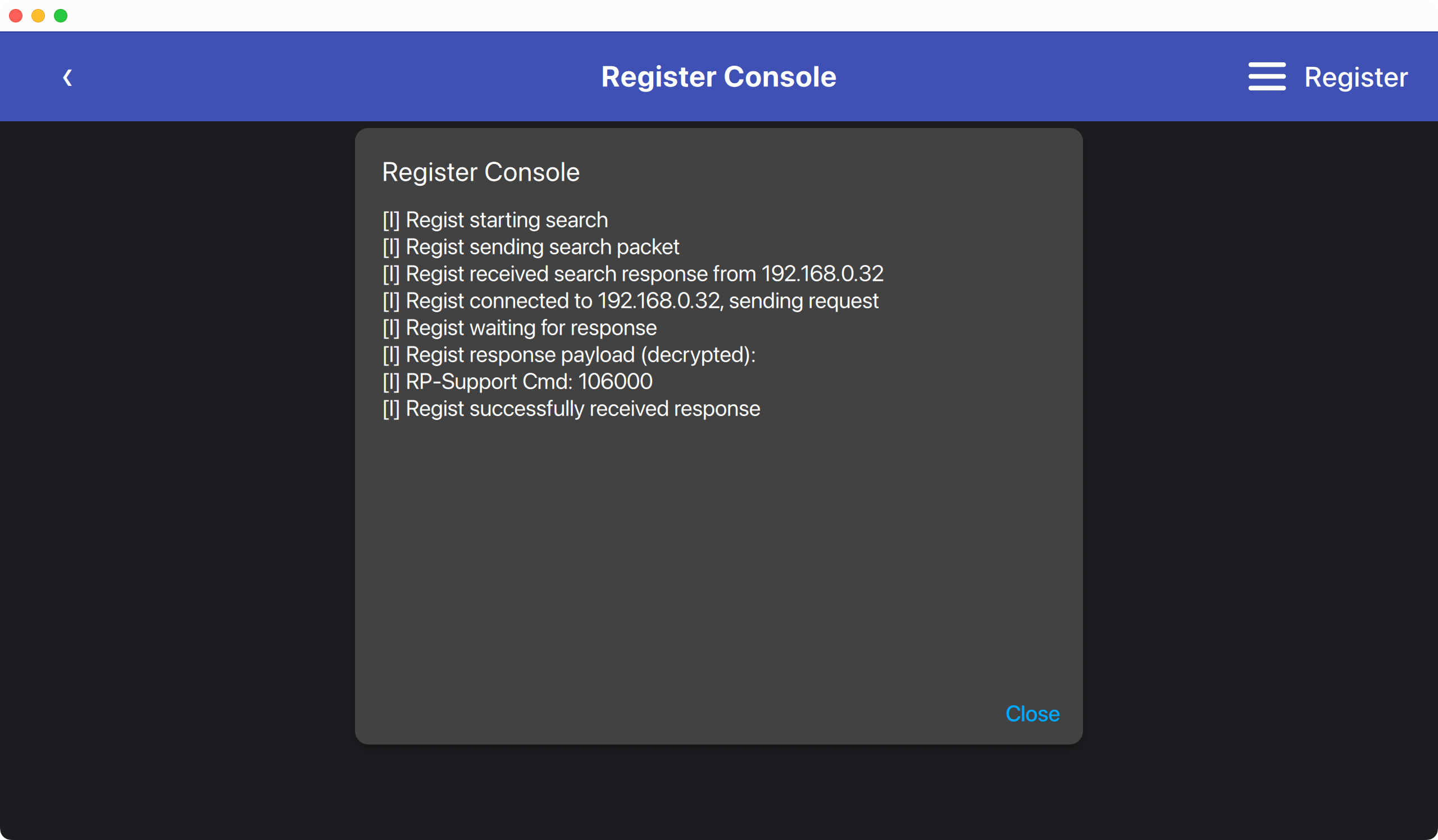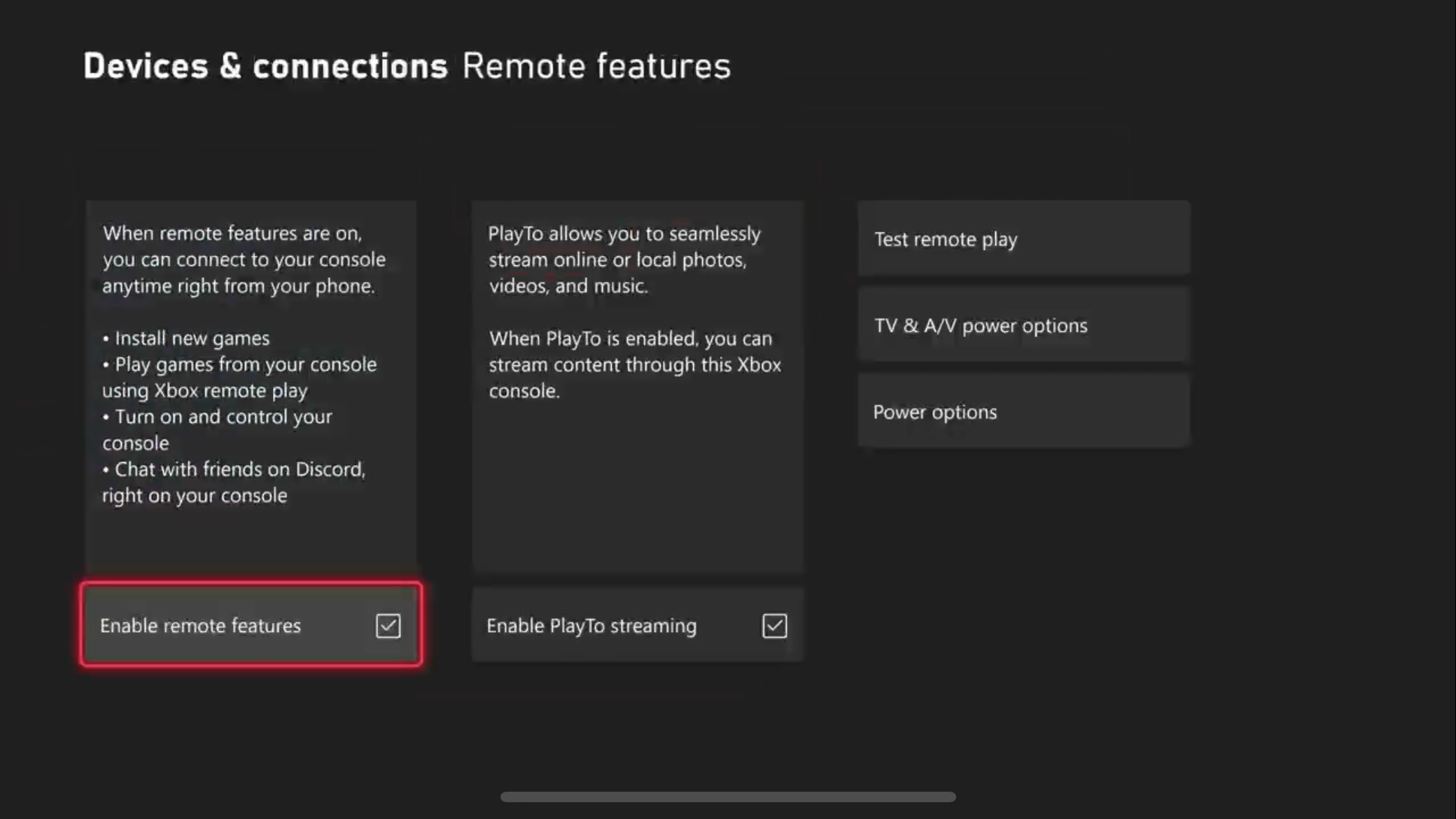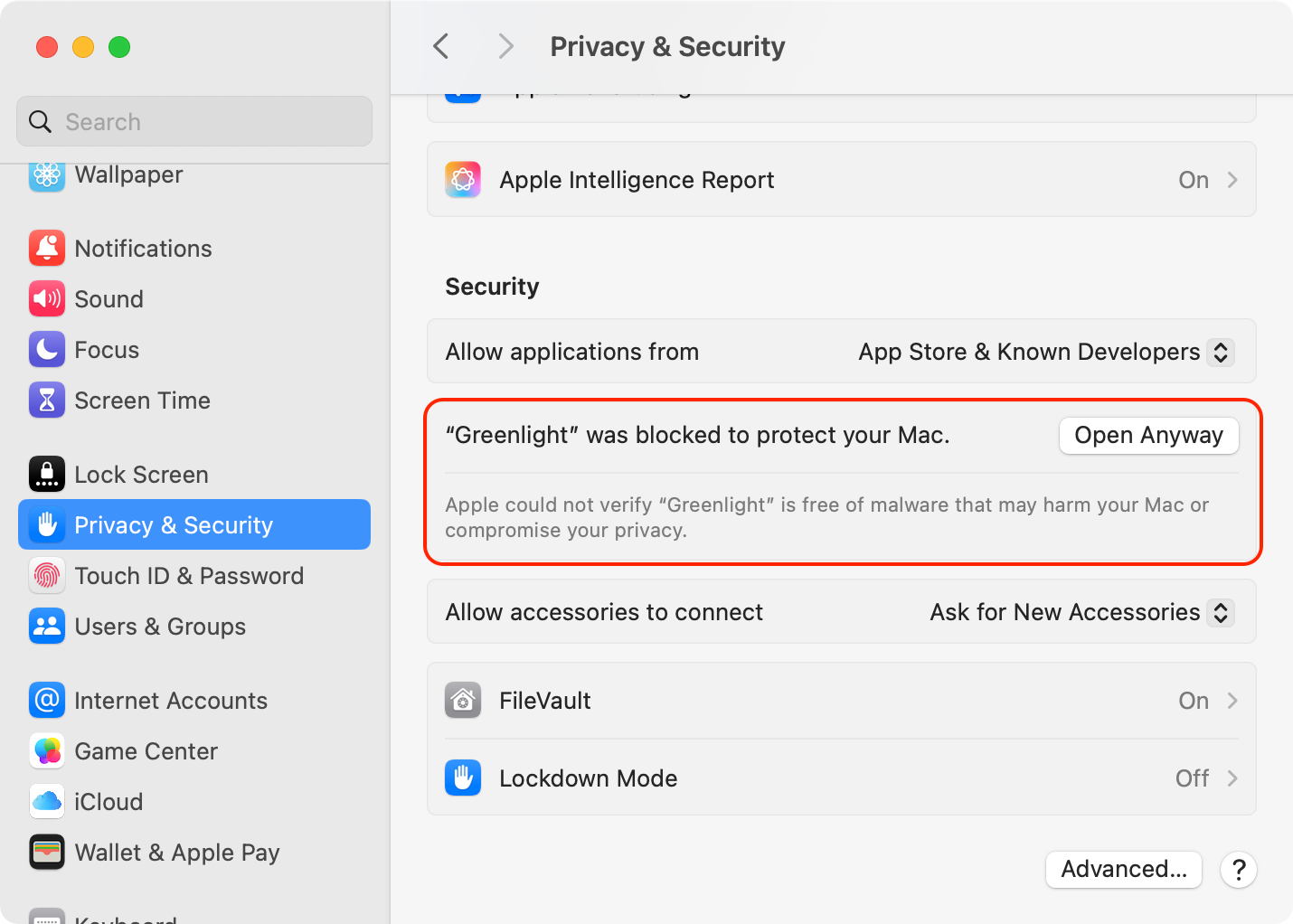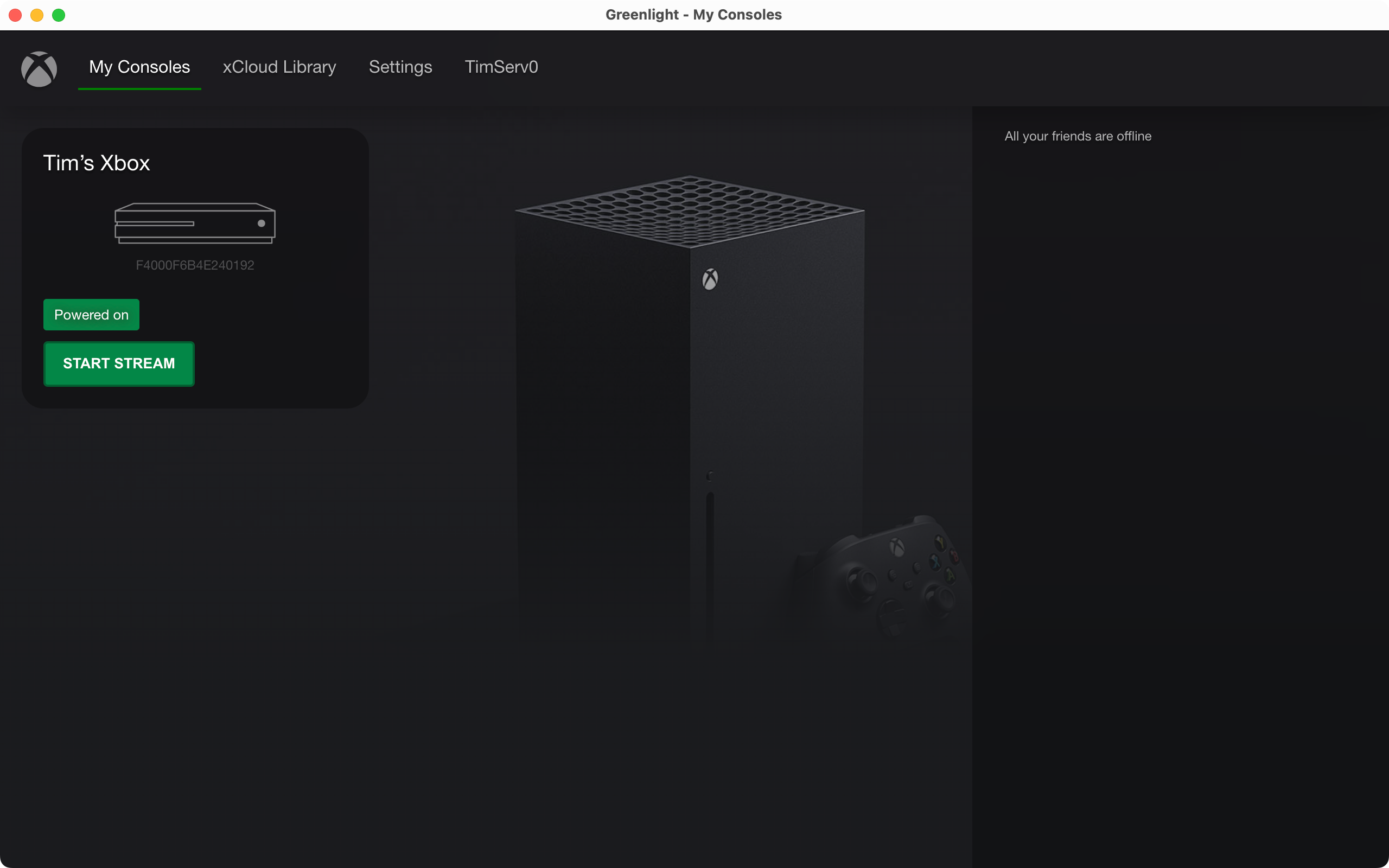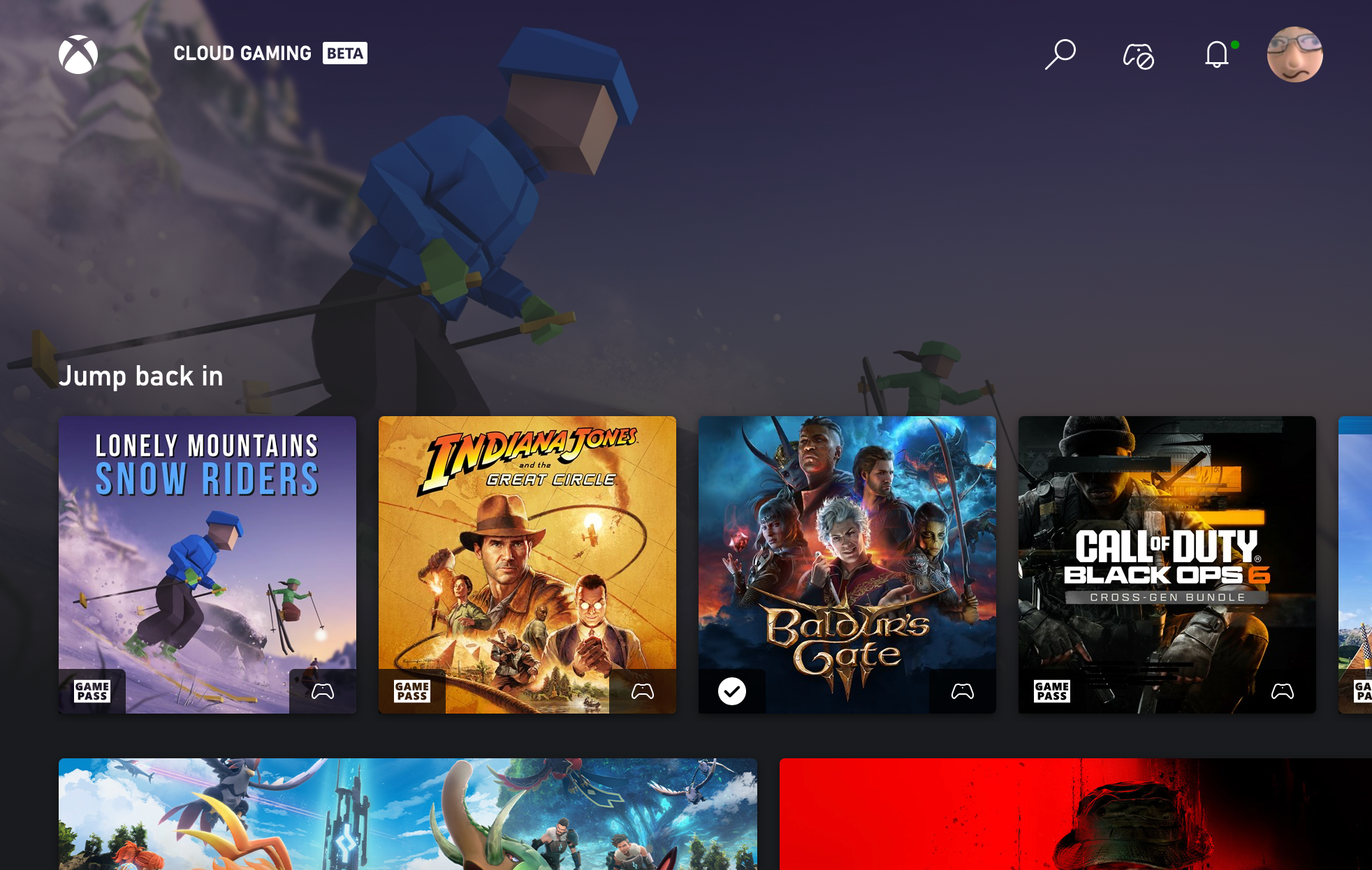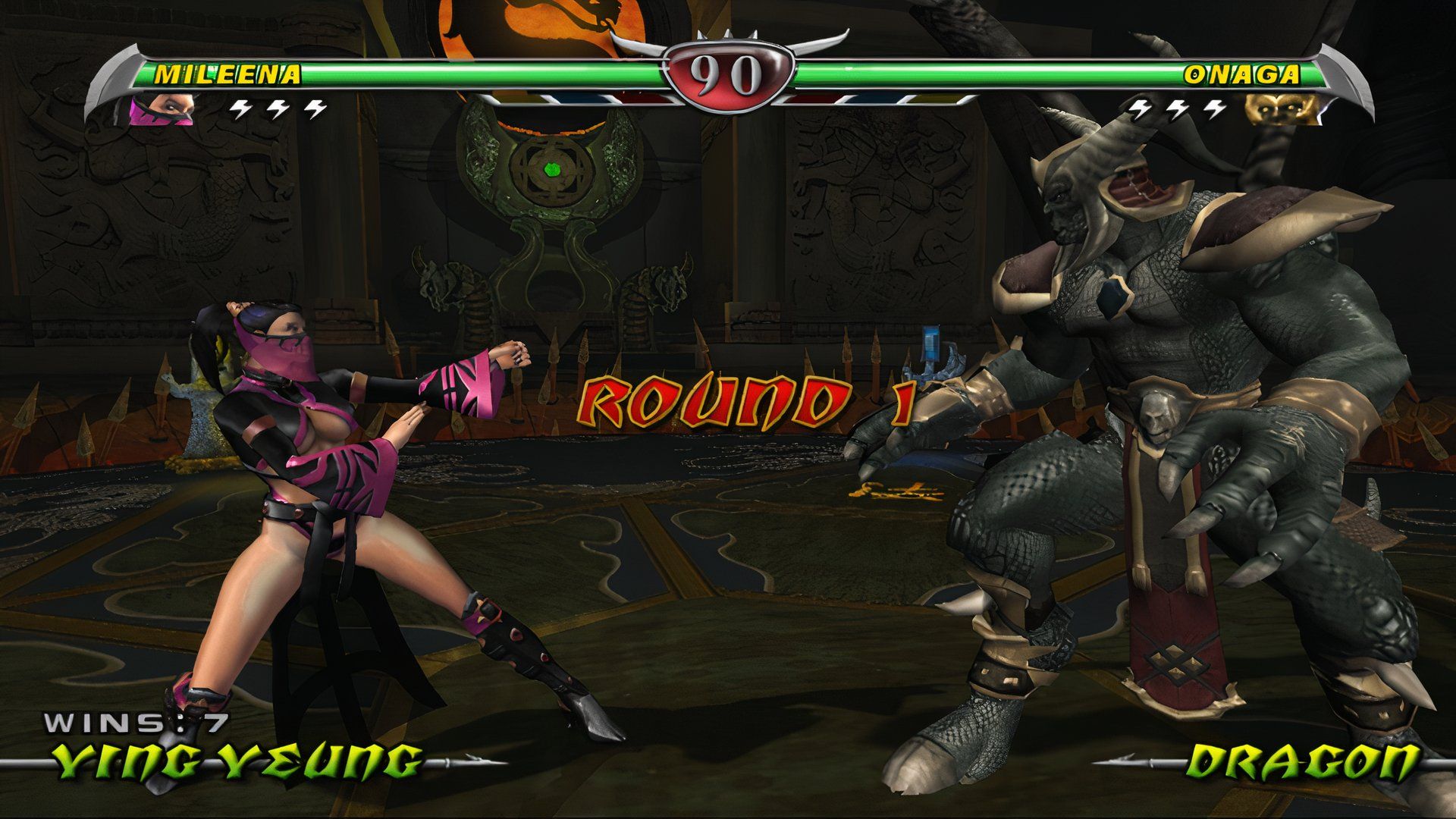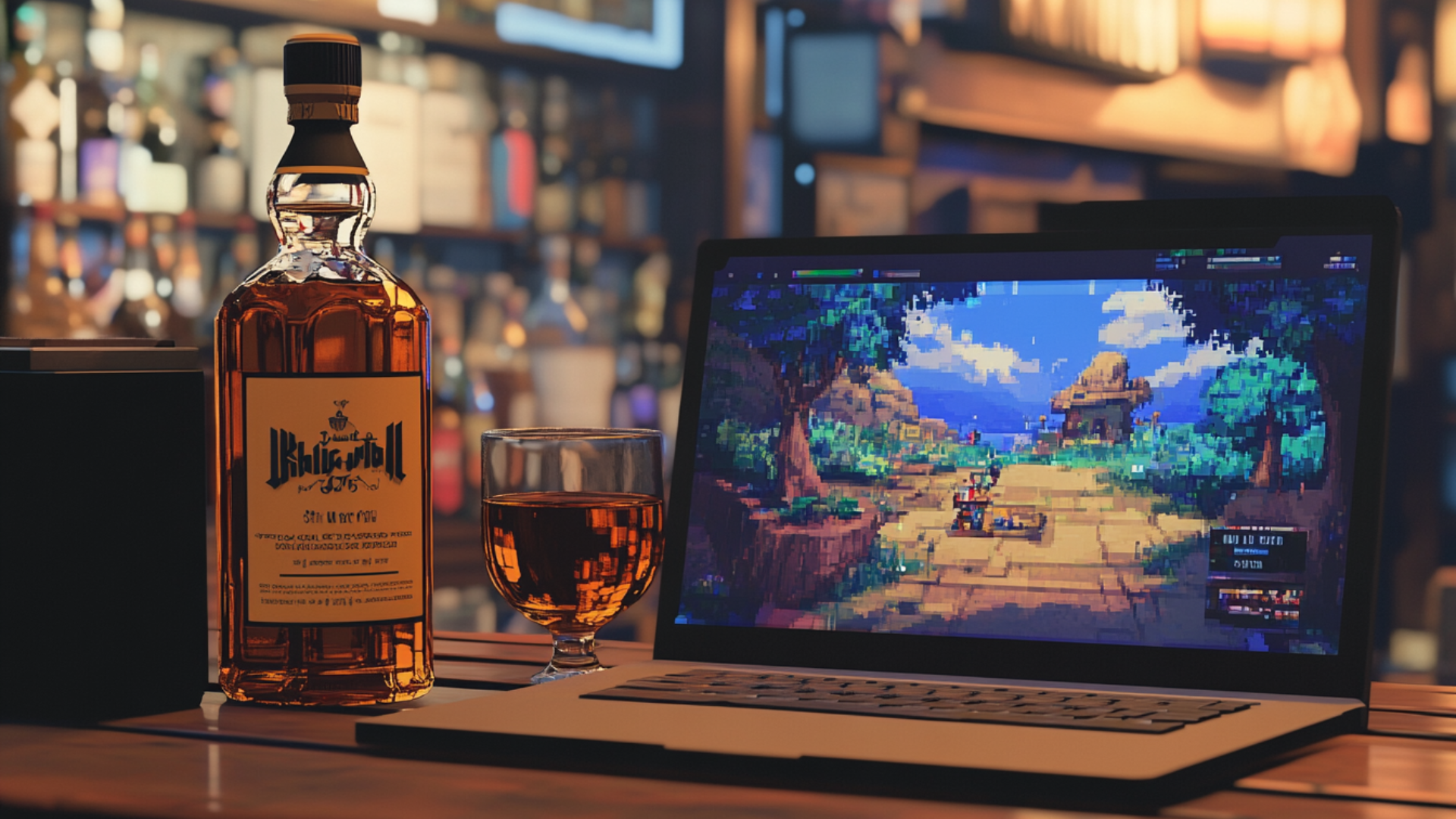While you can’t run Xbox Series X or PlayStation 5 games natively on your Mac, that doesn’t mean you can’t play at all. In reality, you have a lot of options available including official and third-party remote play, streaming, and emulation.
6
Stream PlayStation Games with the Official App
The simplest way to get started playing your PlayStation 5 (or PS4) games on a Mac is to use Remote Play and Sony’s official PS Remote Play app. To get started, make sure you’ve enabled Remote Play on a PS5 console under Settings > System > Remote Play or (on a PS4) Settings > Remote Play Connection Settings.
You’ll also need to be logged in to your PS5 with the same account you’ll be using to access the console remotely, with “Stay Connected to the Internet” and “Enable Turning on PS5 From the Network” enabled under Settings > System > Power Saving > Features Available in Rest Mode (and the equivalent settings on a PS4).
You can connect your DualSense controller to your Mac via a USB cable, or using Bluetooth. To do this, press and hold the “PS” and “Create” buttons until the light bar blinks, then find your controller under System Settings > Bluetooth and click “Connect.” On a DualShock 4, it’s the “PS” and “Share” buttons.
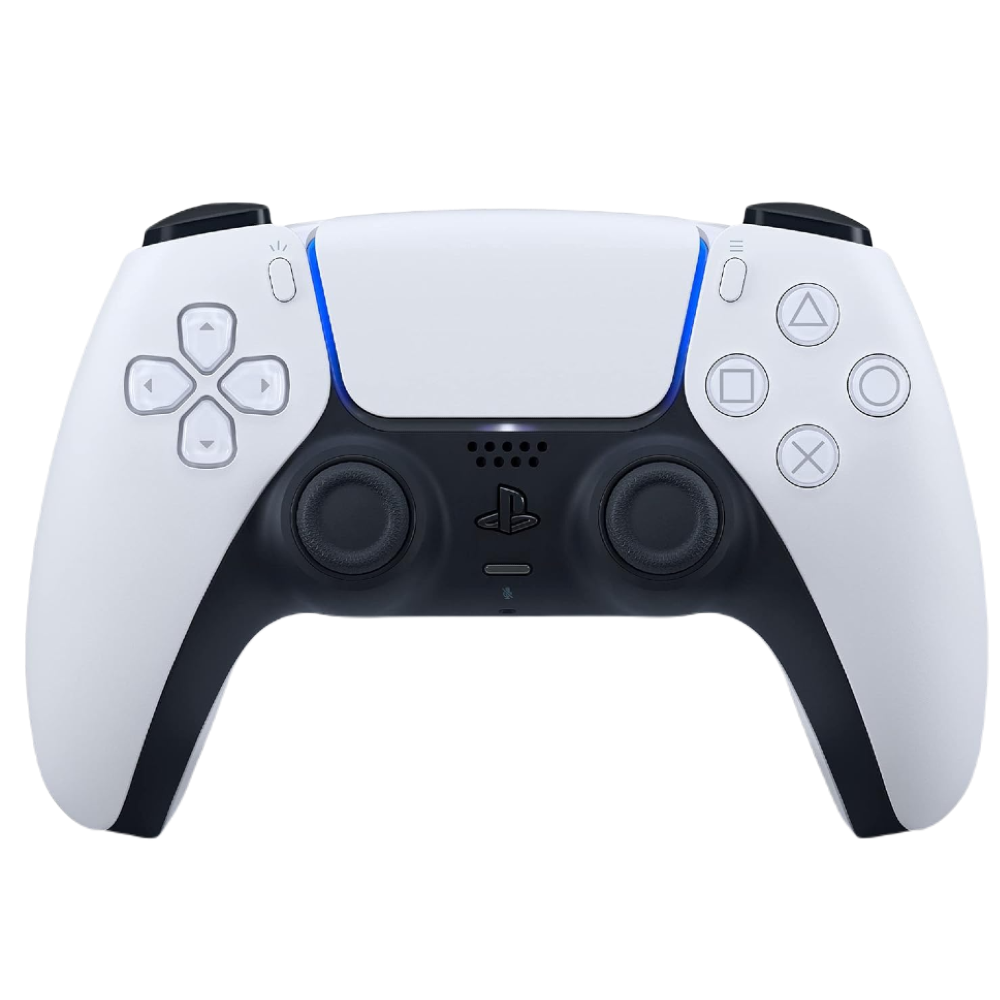
Sony DualSense Controller
Now download Sony’s official PS Remote Play app and install it as you would any other. Launch the app and log in via the “Sign In to PSN” button when prompted. You’ll need to verify with a code to pass the two-factor authentication test, then you’ll be able to pick a console.
There’s an issue that is well documented (see this Reddit post for an example) where Mac users are unable to verify their PSN login with a code, which we’ve run into ourselves. Reinstalling or restarting won’t fix the problem, the only fix will have to come from Sony (alternatively, you could disable two-factor authentication on your account).
Once you’ve connected to your console, it should function via your controller as if you were using it on a TV in front of you. For best results, check out the best ways to optimize your PlayStation 5 Remote Play setup.
Can’t get Remote Play working? Try the next solution.
5
Stream PlayStation Games via Chiaki
Alternatively, you can use a third-party open-source remote play client to stream your PlayStation 5 and PS4 to your Mac.
To get started, head to the chiaki-ng GitHub page and download the latest stable client (it will have a version number) via the Releases page. Alternatively, you can install chiaki-ng using macOS package manager Homebrew by running the following in Terminal:
brew install --cask streetpea/streetpea/chiaki-ng
Now launch the chiaki-ng app from your Applications folder. As long as you’re on the same network, your console should be detected. The app will ask you whether you want to connect to PSN, which we’d recommend.
Log in as normal (if you’re having issues verifying, you’ll face the same problem as documented above, but chiaki-ng may erroneously report that it has successfully generated login tokens). Select your PlayStation console and agree to automatic registration to attempt to make a connection.
If this doesn’t work, you’ll need to register your console manually. To do this, click on your console and deny the request to register automatically. On your PS5, head to Settings > System > Remote Play > Pair Device. Find your PS5’s IP address on your local network by peeking at your router’s network map via the admin control panel, and put it into the “Host” box, then add the eight-digit PIN under the “Remote Play PIN” box.
The PSN Account-ID box will be filled in if you tried to log in already. If it isn’t, convert your PSN username to base64 using this handy tool.
You should see a successful message in Chiaki. You can now connect your controller either via USB or by pairing it over Bluetooth and clicking on your PS5 to start a streaming session.
4
Stream Xbox Games via Greenlight
You can stream Xbox games via Greenlight, an open-source client that works a lot like Chiaki for the PlayStation. To get started, you’ll need to enable Remote Play under Settings > Devices & connection > Remote features using “Enable remote features” and then use Settings > General > Power options to enable “Sleep” mode.
Download the latest stable version of Greenlight for Mac (it will have a DMG file extension) from the product Releases page. Install it as you would any other app, then launch it from your Applications folder. You’ll need to click “Open Anyway” under System Settings > Privacy & Security to bypass macOS’ defenses against unsigned software, and the app will start.
With Greenlight open, you’ll be asked to log in with your Microsoft account. Once you’ve done so, connect your Xbox controller either via USB or by putting it into Bluetooth pairing mode by holding the “Pair” button near the USB-C port until the Xbox light flashes rapidly and clicking “Connect” next to the controller under System Settings > Bluetooth.
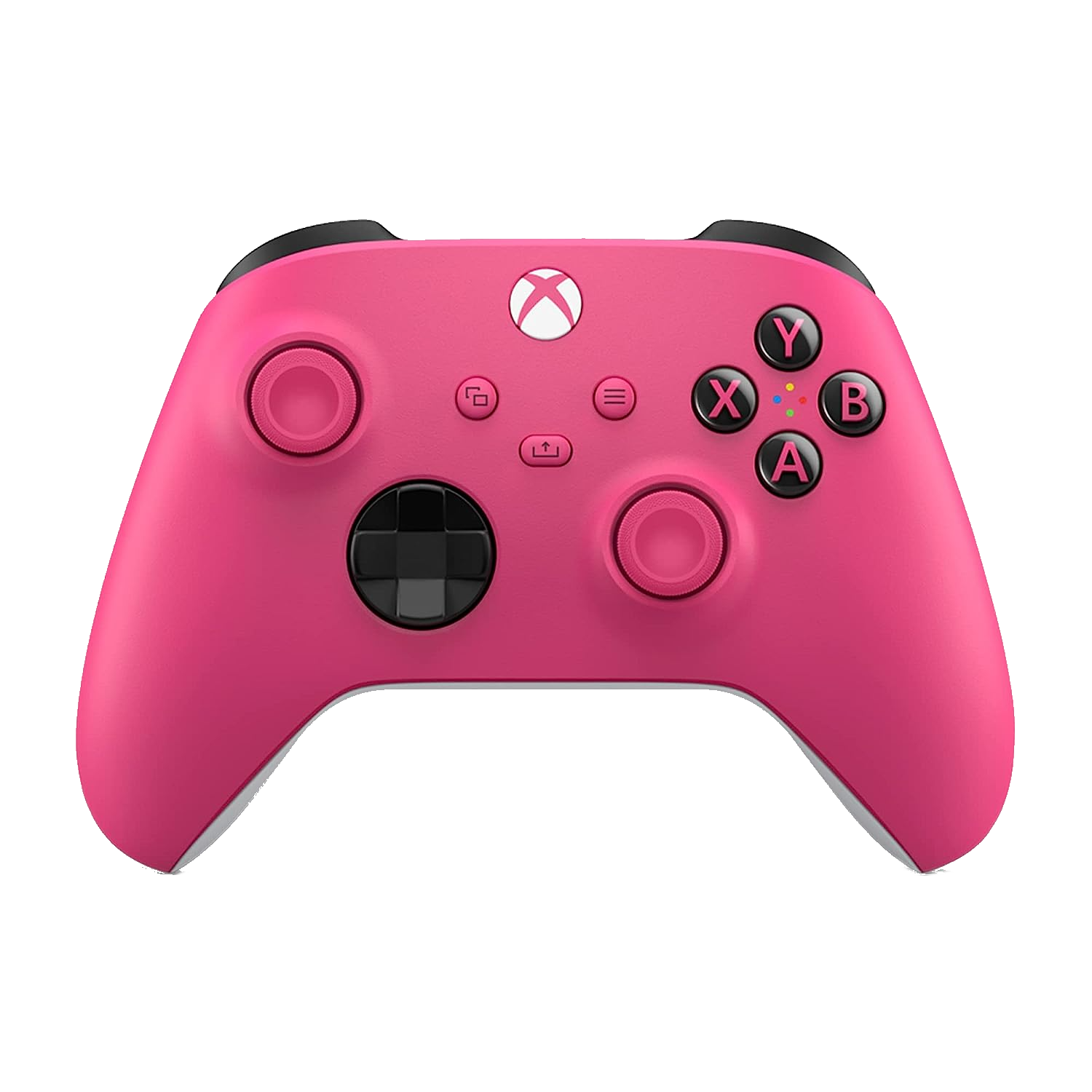
Xbox Core Wireless Controller
$53 $65 Save
$12
Now click on “Start Stream” to connect to your Xbox. Notice that you’ve also got a tab that says “xCloud Library” which allows you to access any Xbox Cloud Gaming titles you may have access to.
3
Use Xbox Cloud Gaming in a Browser
While we’d recommend using Greenlight for Xbox Cloud Gaming, Microsoft’s official method depends on a web browser. To get started, head to the Xbox Cloud Gaming website and log in.
Find a game that you want to play. You’ll be notified if no controller has been detected, now is a great time to pair one either over USB or using Bluetooth. You can also click “Continue Anyway” to try your luck with your current configuration.
2
Emulate Old Sony and Microsoft Consoles
Older PlayStation and Xbox consoles are showing their age, which is great news for emulation. There’s a healthy roster of PS1 games available on the PS5, and Microsoft’s own efforts to preserve Xbox games are evident on both the Microsoft Store and Game Pass catalog.
Thankfully, you don’t need original (or modern) hardware to partake. By far the easiest way to do this is to download and set up RetroArch for Mac, a multi-system emulator. You can also go it alone with emulators like PCSX2 for PS2 games or xemu for original Xbox titles.
The best thing about running games this way is that you can exceed what was possible on original hardware. Run games at higher native resolutions with visual buffs like anti-aliasing, anisotropic filtering, widescreen support, or higher frame rates previously not possible.
Best of all, modern Apple silicon Mac models are emulation powerhouses that can easily handle PS1, PS2, and Xbox emulators. You may even have some luck with PlayStation 3 and Xbox 360 titles.
Of course, you’ll need to supply your own legal ROMs and BIOS files since downloading games that you do not own is illegal.
1
Adapt PC Releases with Whisky
Lastly, if you’re desperate to play first-party Sony and Microsoft games that have PC releases on your Mac, you may have some joy using Apple’s Game Porting Kit and a bottler app called Whisky.
This essentially adapts Windows binaries to work on macOS with help from developer tools and the WINE compatibility layer. There’s a lot to dig into, but in essence, the process involves downloading Whisky, creating a “bottle” container, installing a front-end like Steam or the Epic Game Store, and then installing your games as normal.
How-To Geek editor Sydney Butler reports a “better than 50% success rate” using this method, though they report that Sony titles Spider-Man Remastered and Days Gone have some graphical errors. That said, Whisky is a work in progress and much like the Proton compatibility layer that enables Valve’s Steam Deck to work so well, things can only get better.
These are just some of your options for playing PlayStation and Xbox games on the Mac. If this all seems like a bit much, you might be surprised to hear about the wealth of native games available on Steam, GOG, and Epic.


